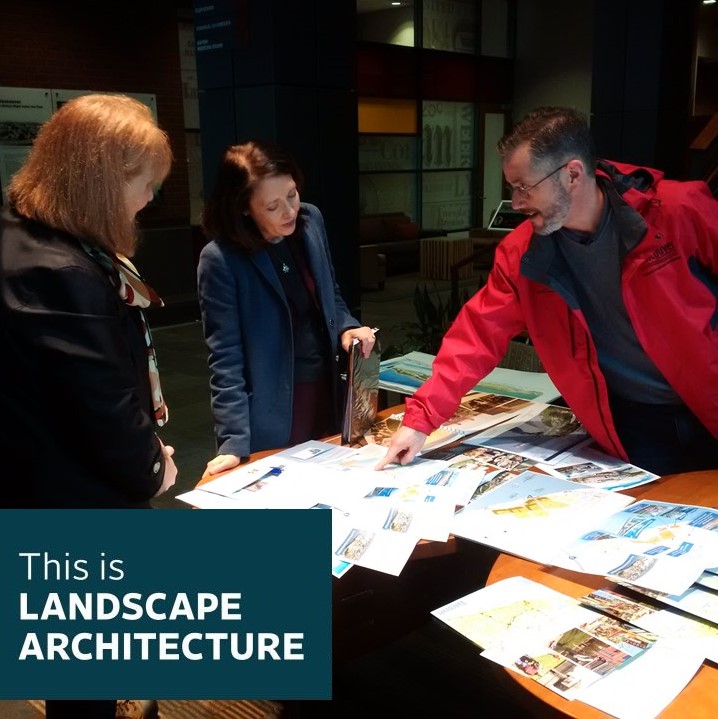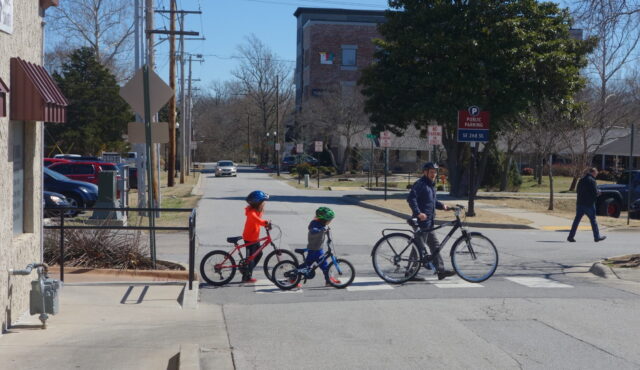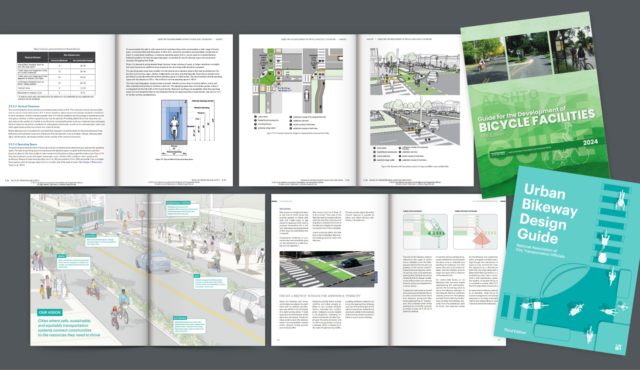During World Landscape Architecture Month 2018, Toole Design Group will be featuring the themes, projects, and staff that form our Landscape Architecture and Urban Design practice. Tune in to our Instagram and Twitter channels for daily updates, features, and more throughout April!
When I was in high school, I decided it would be my goal to help save the environment. I must have gotten it from my dad, who was known to rescue turtles trying to cross the parkways of Long Island, NY. I was determined to be a part of something that would preserve wild and natural spaces. I had grown up car camping and visiting public parks all over New York and later in rural Pennsylvania, enjoying the adventure and wildlife that I found in these places. My school’s career counselor recommended that I become a forest ranger.
I learned about landscape architecture after my older brother took an elective – “The History of Landscape Architecture” – and I thought it sounded interesting. It became my career. After graduation, urban sprawl was really grabbing headlines across the country. My thought was to push sprawl back by preserving wild places from future development. I jumped into the environmental movement, volunteering for the Nature Conservancy on projects in Pennsylvania. After a couple years of this, I had a change in perspective on my approach to environmentalism. What if, instead of preventing the spread of sprawl, we found a cure for our existing communities that encouraged us to live, work, play, and shop nearby, and reduce demand for sprawl in the first place?
As a planner and landscape designer at Toole Design Group, I approach my work from the perspective of environmental sustainability. If we work together to create great places to live and enable sustainable ways to travel, we are preserving natural places everywhere by reducing the need to keep expanding into the countryside. At Toole Design, I get to collaborate daily with my colleagues to create great places to live and safer facilities for active travel in communities near and far. As we help existing places and communities become more valuable, healthy, interconnected, and desirable, more people will want to live, work and play there. This is my way of reducing the demand for sprawling development patterns, preserving the environment, and making a difference for future generations.



